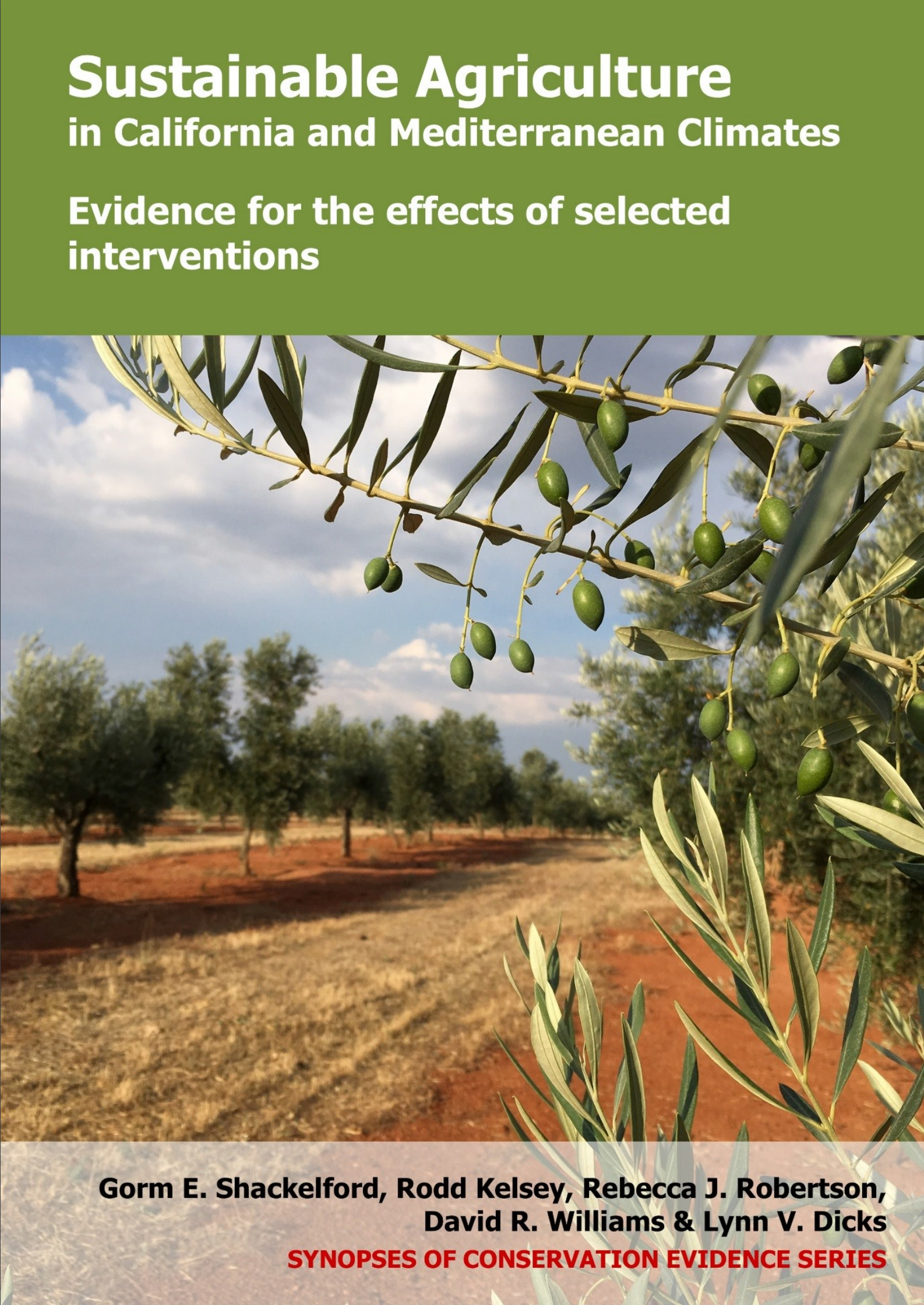Water: Use seasonal grazing
-
Overall effectiveness category Unknown effectiveness (limited evidence)
-
Number of studies: 1
View assessment score
Hide assessment score
How is the evidence assessed?
-
Effectiveness
0% -
Certainty
5% -
Harms
50%
Study locations
Supporting evidence from individual studies
A replicated, randomized, controlled study in 2000–2003 in wet alpine meadows in central California, USA, found that pools in continuously grazed plots were wet for longer and dried out less frequently than those in seasonally grazed plots. Water availability: The maximum time that pools were wet was higher in continuously grazed plots, compared to seasonally grazed plots (115 vs 65–78 days). During a particularly dry year, pools in continuously grazed plots dried less frequently than those in seasonally grazed plots (1 vs 2 drying episodes). Methods: Eighteen plots were established in 2000, each with three pools (70–1,130 m2) and nine times more dry land than pool. Areas were either grazed continuously or seasonally (dry: October–November; wet: April–June). Before the experiment, the area had been grazed for at least 100 years.
Study and other actions tested
Where has this evidence come from?
List of journals searched by synopsis
All the journals searched for all synopses
This Action forms part of the Action Synopsis:
Mediterranean Farmland
Mediterranean Farmland - Published 2017
Mediterranean Farmland synopsis





)_2023.JPG)














